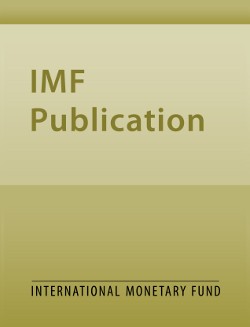
Recycling Risk: Synthetic Risk Transfers
Recycling Risk: Synthetic Risk Transfers
READ MORE...
Volume/Issue:
Volume 2025
Issue 200
Publication date: October 2025
ISBN: 9798229027748
$20.00
Add to Cart by clicking price of the language and format you'd like to purchase
Available Languages and Formats
| English |
Prices in red indicate formats that are not yet available but are forthcoming.
Topics covered in this book
This title contains information about the following subjects.
Click on a subject if you would like to see other titles with the same subjects.
Banks and Banking , Investments and Securities-General , Money and Monetary Policy , Risk , securitization , banks , regulation , stability , SRT market , SRT activity , securitization tool , paper reviews market trends , capital relief , financial system leverage , Credit , Credit risk , Loans , Bank credit , Europe , North America , Global
Summary
This paper analyzes the rapid growth and evolving landscape of synthetic risk transfers (SRTs), a securitization tool increasingly used by banks to manage credit risk and optimize capital. Since 2016, over $1 trillion in assets have been synthetically securitized, with recent expansion driven by U.S. banks alongside established European issuers. SRTs enable banks to transfer credit risk on diverse loan pools to investors, facilitating capital relief and supporting additional lending. The paper reviews market trends, common SRT structures, and regulatory frameworks across major jurisdictions. We find that SRTs offer benefits such as enhanced risk management and capital efficiency, and that strengthened prudential requirements and a relatively small SRT market have, for now, contained financial stability risks. However, the rapid growth of SRTs and certain transaction complexities can increase vulnerabilities, including higher leverage in the financial system and exposure to rollover risks. The entry of risk-tolerant investors seeking compelling returns may also weaken credit standards or increase leverage. The paper highlights the importance of close supervisory monitoring, robust reporting, and disclosure to ensure risks are effectively transferred, financial system leverage is contained, and market discipline is maintained as the SRT market continues to expand.
Copyright © 2010 - 2025
Powered by:
AIDC



